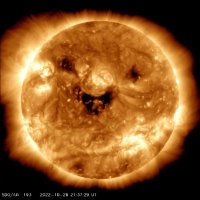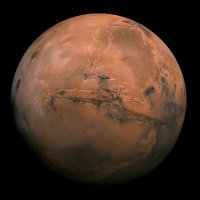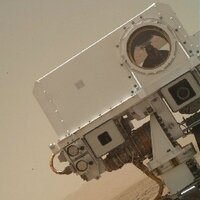
NASA Solar System
@nasasolarsystem
We are NASA's Planetary Science Division. Ride along with us as we explore the worlds of our solar system.
ID: 15165493
https://solarsystem.nasa.gov 19-06-2008 03:16:46
8,8K Tweet
2,9M Takipçi
150 Takip Edilen

More postcards from the planets! 📸🪐 Views sent home this month from NASA spacecraft all across the solar system. - NASA's Perseverance Mars Rover selfie on Mars - #JunoMission view of Jupiter - Lightning storms on Earth captured from aboard International Space Station by COL Anne McClain 1/2


The power to explore ⚡️ When you need to reach dusty, dark, and distant regions of deep space, radioisotope power systems make it possible. RPS-powered missions include the Curiosity Rover & NASA's Perseverance Mars Rover rovers and the upcoming #DragonflyMission science.nasa.gov/planetary-scie…





















